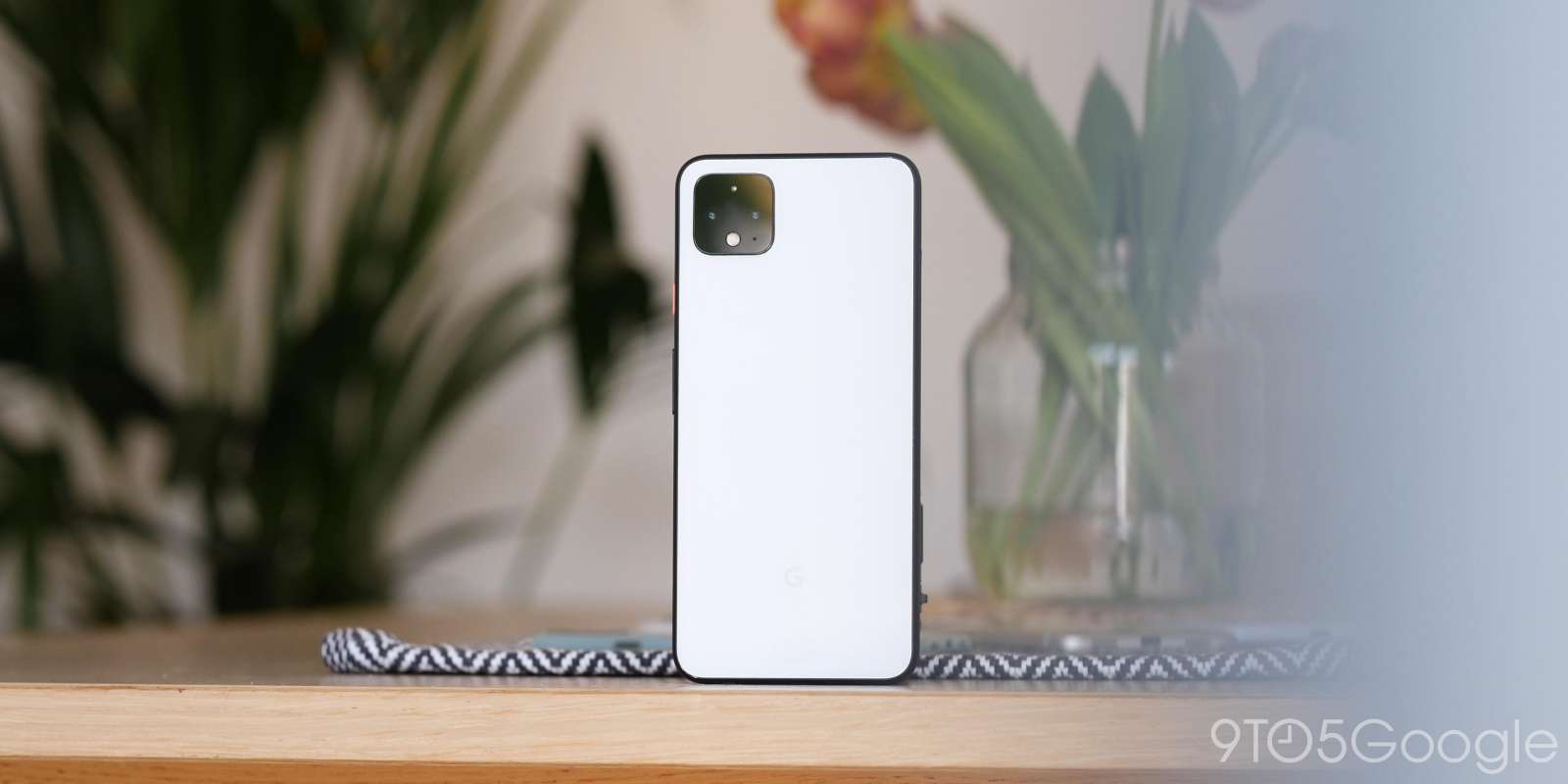
Almost four full years after its launch, the Pixel 4 is no longer part of Google’s plans. It was the last true flagship until the launch of the Pixel 6 series in 2021. What worked and where does it stand today? Let’s find out.
- Pixel 3 postmortem: A 2022 retrospective [Video]
- Pixel 3a postmortem: Reassessing the birth of the budget Pixel [Video]
There are people that will point to the Pixel 4 and 4 XL as the start of a mini-decline for the Made by Google smartphone series. It’s true that sales were not as good as the Pixel 3, but according to research data, the 2019 flagships outsold the Pixel 5 and Pixel 6 series meaning that the reports of the Pixel demise may have been exaggerated.
After going back to the drawing board in recent years, the future looks brighter for Google’s smartphone efforts. It’s hard not to look at the Pixel 4 and 4 XL and wonder what could have been if things had been a little bit better across the board.
For more video content, subscribe to 9to5Google on YouTube.
What has aged well
- Design
- Performance
- Face Unlock
What hasn’t aged well
- Lifespan
- Update timeline
Hardware and design
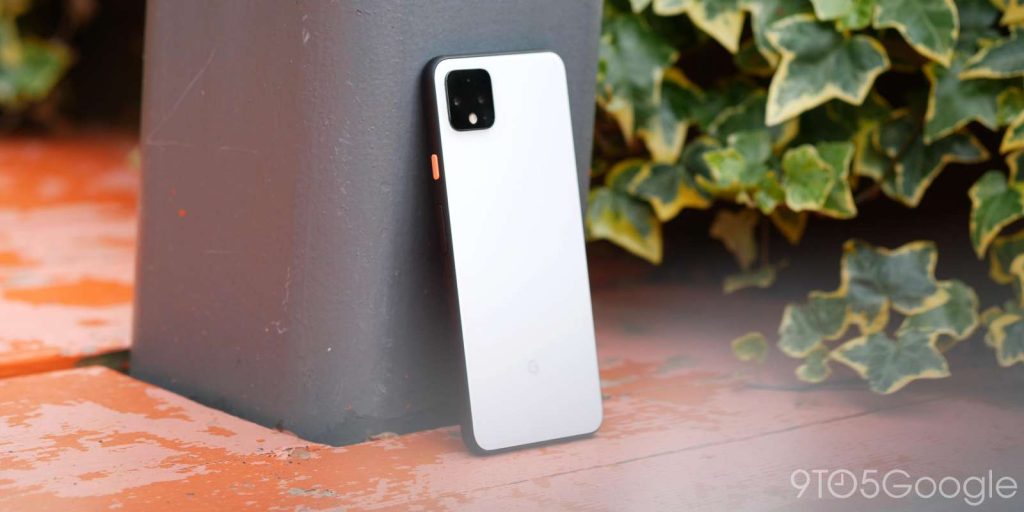
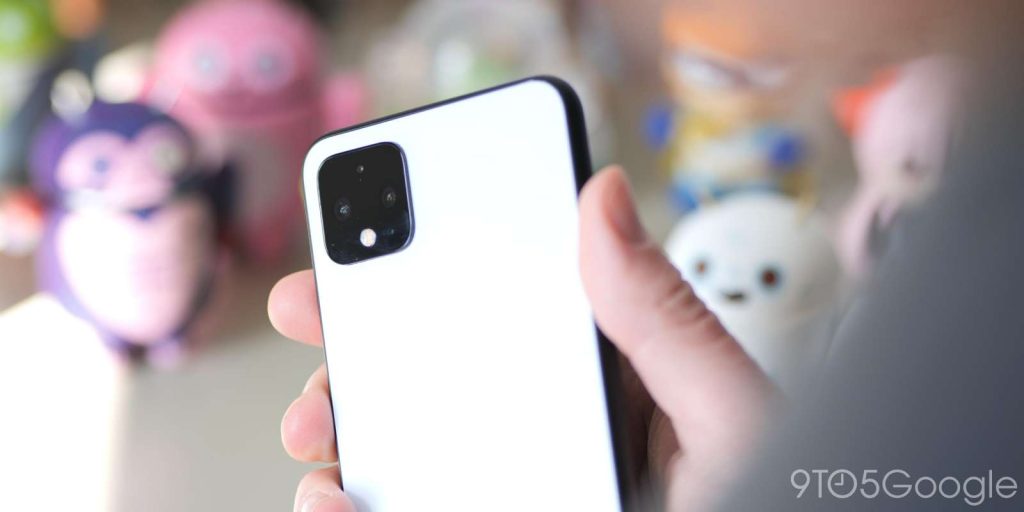
The Pixel 4 doesn’t look like any device before it. I should clarify that this is visually my favorite Google design. Matte black side rails and the frosted finish have aged exceptionally in my opinion. However, it’s not a particularly durable design and a number of hardware problems have tainted the legacy of a striking smartphone.
Battery bloat has killed off a number of devices, but I’m lucky enough to have my own unit survive this particularly frustrating flaw. The glass backplate can literally pop off due to the internal cell expanding and pushing the frame apart. It’s not clear how many devices have been affected by this issue, but the Pixel 4 was one of the only Google phones to suffer from such a problem.
Frustrations aside, little touches like the colorful power button and two-tone rear panel finish of the “Oh So Orange” and “Clearly White” stand apart from devices released around the same time. This feels like the height of the playful era of Google design. Since then, only the Pixel 6 in Coral and Seafoam have offered anything remotely similar – and to greater effect. The removal of the rear fingerprint scanner also cleans up the aesthetic.
I have always felt that the design kept one foot in the past with one in the future. It’s softened, approachable, and a world apart from the recent Pixel 7 and 7 Pro – for better or worse. There’s a toy-like quality that has been slowly chipped off the Pixel lineup to appeal to a wider audience.
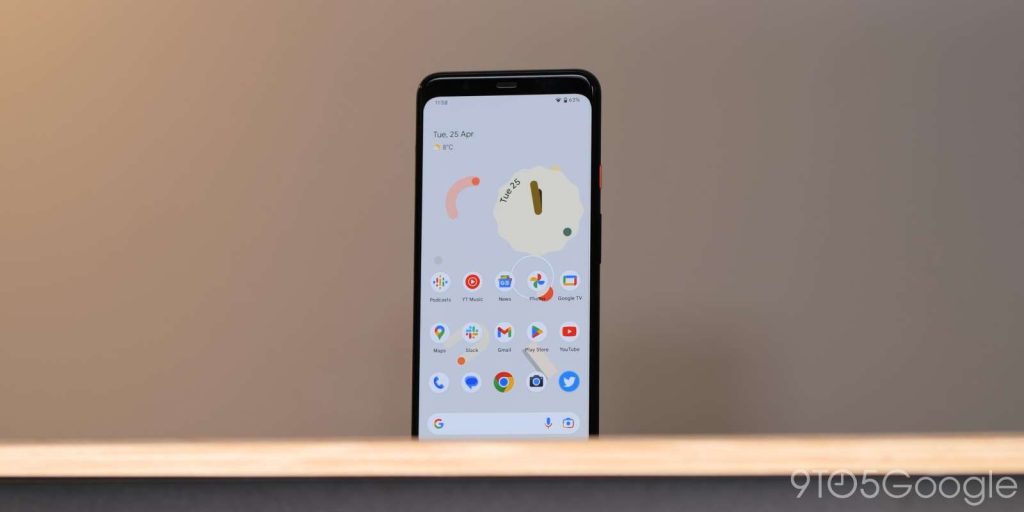
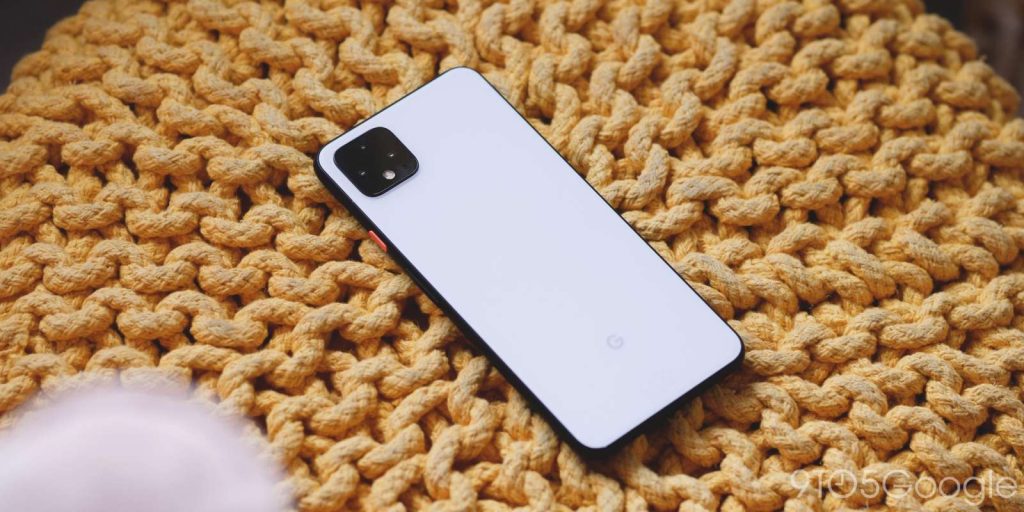
At the front, things are all change over the Pixel 3 XL specifically. One of the most unique screen layouts of the era awaits. To make way for the Soli radar and 3D face scanning tech the notch is leveled out. A big forehead shifts the 5.7 and 6.2-inch screens down to create a strange bottom-aligned face. Rated at FHD+ and QHD+, the 90Hz refresh rates elevate good screens into the excellent category. The completely flat panels were the perfect home for the introduction of full gesture navigation.
Flat screens are having something of a renaissance today, and we applauded the inclusion at the time when we saw more and more phones shipping with curved edges. Google hasn’t been able to resist the lure of rounded screen corners in recent years, but flat screens are just easier to use with gesture-based controls.
Calibration and display tuning are actually one of the strengths of Google’s Pixel series. The maximum brightness is not exactly great here at a low 444 nits. It means that outdoor legibility is way below par. This diminished the experience of using the phone on a day-to-day basis and when colors look crisp clear and accurate, it’s a big disappointment not to be able to see things clearly in all lighting conditions.
Software and performance

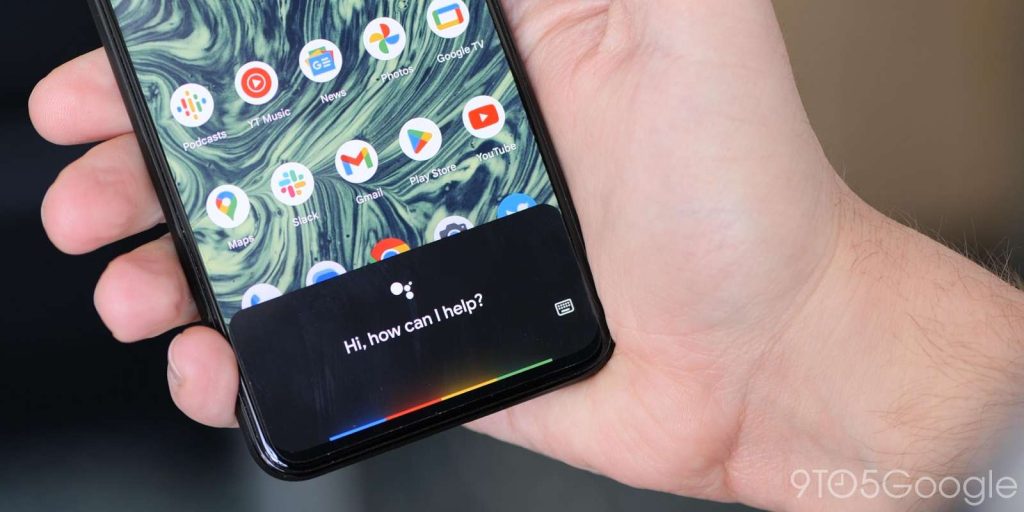
From a pure benchmark perspective, it’s hard to believe that the company no longer supports the third most potent Google smartphone. Only the Pixel 6 and Pixel 7 have more under-the-hood grunt available at your fingertips. The increasing cost of 5G connectivity was cited for the Pixel 5 through to the Pixel 5a shipping with a mid-range Qualcomm chipset. This processor enabled superfast wireless connections but came at the cost of performance.
The Qualcomm Snapdragon 855 is by no means a powerful chip by 2023 standards. It is, however, a chip that will stand alongside many current low-to-midrange phones. This is reflected in how well the Pixel 4 can do the basics today. Heck, as the third-placed performing Pixel, it can run rings around the Pixel 5, Pixel 4a 5G, and Pixel 5a. The latter handset launched in 2021 and stands to be supported until 2024 but likely won’t age as well as the Pixel 4.
Android 13, therefore, runs just as well here as it does on the Pixel 5 and in some areas the Pixel 6 series. Sure, the 6GB RAM might throw a few apps or two out of memory when you do a ton of multitasking. RAM management is pretty solid after the disaster of the 3’s memory leaks and lack of ability to hold more than a few apps in stasis. It was one of the first major indications that Google was aware that not all problems can be fixed with software updates. Hardware needs upgrades too.
Many of the performance boosts were provided via Google Assistant and ML-powered functions. Call Screening, Live Caption, the “new” Google Assistant, and more were baked into Android 10. Many more similar capabilities have joined the fold and help complete the software stack.
A larger issue long-term has been the 64GB base storage. This has been remedied with subsequent releases but has been a problem since day one. 4K video and large apps/games can quickly clutter up your phone. The usable space is decreased as the Android system now requires at least 13GB. That leaves just 51GB.
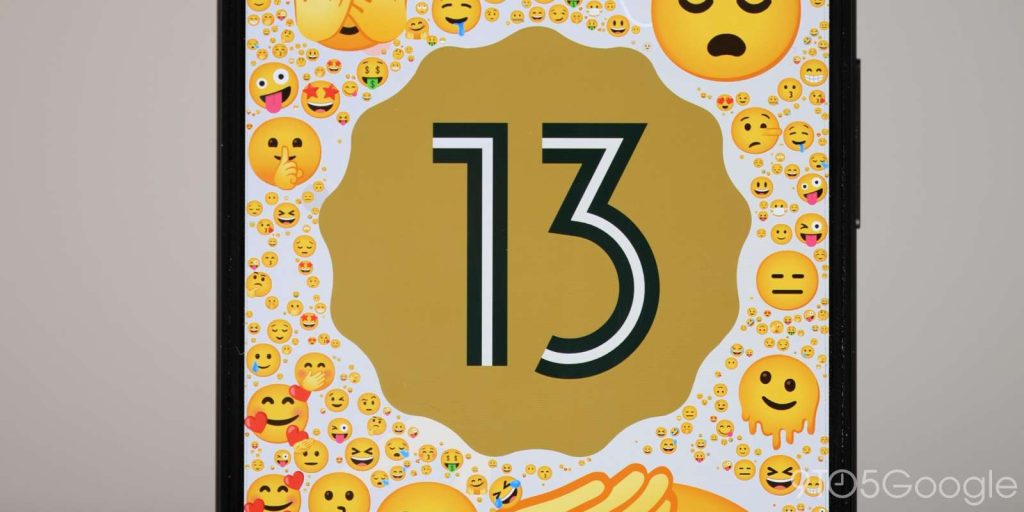
One thing that is striking when returning to use the Pixel 4 is the speed of unlocking when your facial data is registered. Sure, a software-based version of Face Unlock has been added to help reduce the woes of an in-display fingerprint scanner but true 3D face scanning is a breath of fresh air whenever I return to the Pixel 4 XL. Annoyingly not every app supports the feature, but we would love to see it be re-added to a future flagship Pixel. It’s just so fluid that you’re using your phone before you’re even thinking about tapping a fingerprint scanner or entering a PIN.
There are a number of reasons that Soli is more of a gimmick than a truly useful addition to your smartphone. A miniature radar is capable of tracking the motion of your hands – and face for unlocking. The inclusion is still interesting almost four years after it was announced.
Soli is capable of understanding human motion but has never truly been utilized to its greatest potential. The most we have is the ability to wave your hand to skip, pause playing audio, alarms and silence phone calls. This was packaged as Motion Sense, but it has detrimental effects on phone battery life. It could be considered innovative if it was used in more areas such as a hands-free camera shutter or increasing device volume without touching the screen. As it stands, it feels like a lost relic of a time when Google struggled to remain in touch with the biggest Android players.
A long time has passed since the Pixel 4 series launched with Android 10 pre-installed. Since then the operating system has had a rebirth to accompany the soft relaunch of the Pixel series. Material You is right at home on the high-refresh-rate display. It feels in lockstep with the performance you can expect from the Pixel 5 and at no point do I feel like the system overpowers the internals.
Alas, Android 13 is the third and final version the Pixel 4 will ever see – at least officially – and the last update was sent out in October 2022. It feels more painful here than any other Pixel handset as the hardware is more than capable of running Android 14 with aplomb. At least this is still the final Pixel to launch with the ability to squeeze to activate the Google Assistant.
Camera
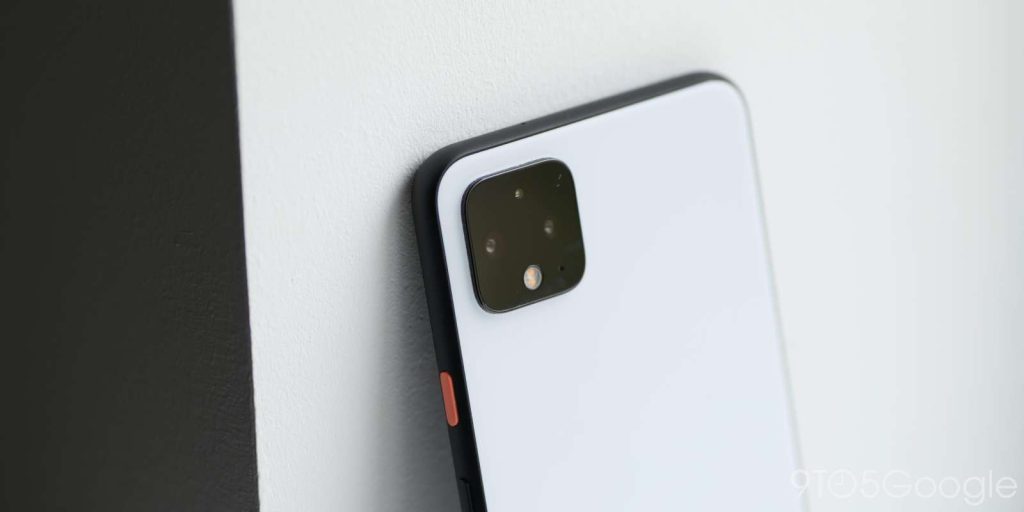
The Pixel 4 and 4 XL were the first devices to ship with a dual rear camera system. Interestingly, the camera system compromises of a main wide and 2x telephoto, which is a unique combination in the Made by Google lineup. Every follow-up handset is compromised of a wide and ultrawide – provided there is at least a dual camera system.
Because of the lack of ultrawide, the camera capabilities have been shaped by the more rigid focal lengths available. I’m of the opinion that the telephoto lens is vastly superior to an ultrawide. Super Res Zoom helps improve the fairly limited 2x zoom capabilities of the Pixel 4 telephoto lens. Post-processing helps produce sharp, clear images up to around 4-5x zoom. Beyond that, you’ll get poor-quality photos when compared to the latest and greatest.
Even back in 2019, this limited dual setup fell behind the likes of the Samsung Galaxy S10, iPhone 11 Pro, Huawei P30 Pro, and many more. Even with this in mind, sticking with the familiar 12-megapixel Sony IMX363 main sensor was a great move at the time as Google could be at the forefront of computational photography rather than compete with pure hardware capabilities. Improvements such as dual exposure controls, astrophotography, and white balance mean that images from the Pixel 4 series still hold up well despite how modest things seem today.
It’s nowhere near the standard of the Pixel 6 or Pixel 7 series, as you would expect of a four-year-old system. The core sensor remains identical to a number of handsets, which is a blessing as years of extra tuning has helped elevate a one-time exceptional point-and-shoot smartphone camera system each passing year. Despite using the same main sensor as the Pixel 6a, you won’t have exactly the same end results. There are a number of photos I have taken with the Pixel 4 XL that I count among the best I have captured on a smartphone. I’d wager many longtime owners would have similar sentiments about their own stills.
Battery and charging
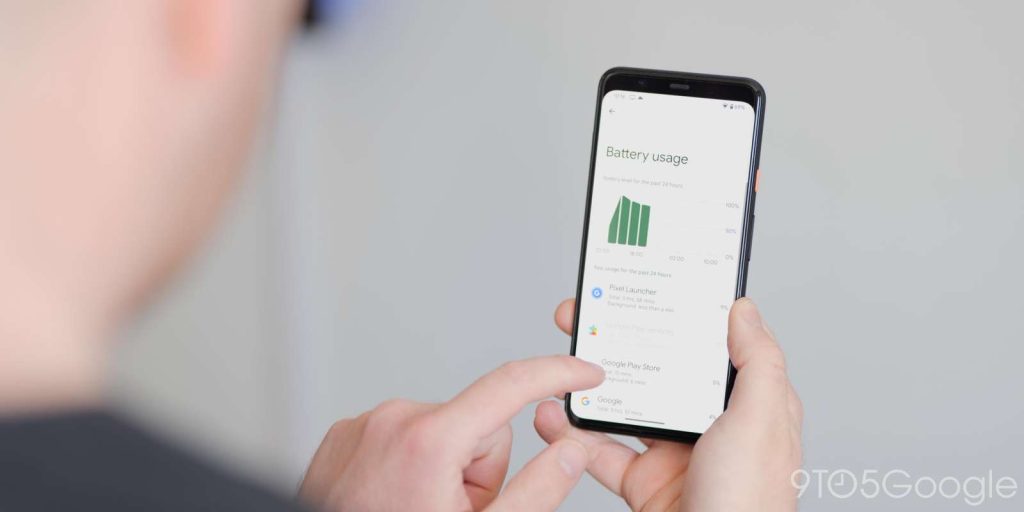

We’re not going to delve too deeply into the battery longevity of an almost four-year-old smartphone. It would be unfair to gloss over the major problems that faced the Pixel 4 series back at launch. One of the biggest complaints about the devices was the inadequate lifespan. Of course, this wasn’t the experience that everyone had, but it was a problem for many people nonetheless.
To Google’s credit, the Pixel 4 XL lifespan was improved steadily with updates and tuning. It wasn’t completely terrible from day one thanks to a 3,700mAh maximum capacity. The paltry 2,800mAh internal cell on the smaller Pixel 4 was no match for a 90Hz FHD+ screen and Soli radar sensor. It’s certainly not clear what the reasoning was to use such a small internal cell with a power-hungry panel, plus added sensors were to be included. Even trying to tune down the display to 60Hz isn’t enough to prevent running flat long before the day is done.
It’s hard to be too harsh on a device with the lens of time. That said, even back in 2019 it’s hard to understand Google’s thought processes and why smaller-than-average internal cells were adopted rather than upping capacities and ensuring that you can use your phone uninhibited all day.
TL;DR
Top comment by Titus Mark
I love my pixel 4, and still carry it as a secondary to pixel 6 because of the unlimited photo storage and the amazing shots it can take over my note 10+. Sometimes it's just nice to hold a phone that isn't an obnoxious size.
Looking back at the Pixel 4 and 4 XL, they are prime examples of the duality of Google. A bigger, bolder, and arguably better product hampered by problems that could have been fixed with a little oversight. By the time Android 11 was released, the Pixel 4 XL was a better device than it ever was at launch and felt like the poster child for the “fix it in post” school of product launches.
It’s tough to suggest that the Pixel 4 was underrated. If anything, it was hamstrung and held back from being a truly brilliant addition to the Made by Google smartphone lineup. Soli offered little and was sold as a key feature and didn’t even work in some regions due to legal restrictions on radar technology.
The core tenets of the Pixel 4 XL specifically is a very capable smartphone for the era. It has aged better than it ought to in many regards but one that fumbled the fundamentals. This doesn’t stop it from leaving a sour taste in the mouth by the missed potential. In the cold light of 2023, it piles on more annoyance. As there are very few real reasons that the Pixel 4 and 4 XL should be left on Android 13, given that “newer” devices come with diminished internals and will be supported for longer.
Despite just falling short of our expectations, the Pixel 4 feels like the most Google-ly of all of the Pixel lineup to date – which has proven to be a blessing and a curse. It may not go down as the best Pixel ever, but it was easily the most experimental.
FTC: We use income earning auto affiliate links. More.





Comments